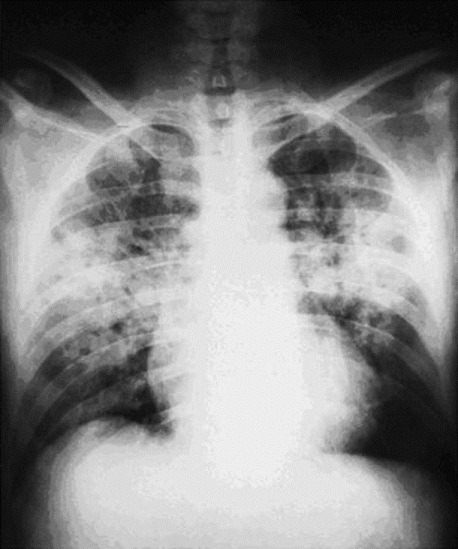
There are plenty of ways to prepare for a high altitude climb, and being aware of the risks of High-altitude pulmonary edema should be on your list. High-altitude pulmonary edema, or HAPE, is a life-threatening accumulation of fluid in the lungs that occurs when climbers ascend high altitudes too quickly. Usually, it’s seen in travelers who live at low altitudes. Although it can occur in travelers who live at high altitudes who are returning home after extended periods in lower altitudes. While an experienced climber or skier may think that they’re at lower risk for this condition, HAPE often occurs in otherwise healthy people with symptoms appearing quickly and a high mortality rate if not treated properly. When the body enters altitudes with lower air pressures there is a decrease in arterial oxygen, causing hypertension that can bring on symptoms in as little as two to four days.
Symptoms include shortness of breath (especially when at rest), coughing, wheezing, weakness, the blue appearance of face and lips, and tightness of the chest. The condition can affect anyone who reaches altitudes higher than 8,200 feet, but for more vulnerable people it can set in between 4,900 and 8,200 feet. There are some risk factors that can increase the risk of HAPE occurring like genetics, temperature, the peak altitude, and ascent rate. It’s also seen more often in men, people with underlying health issues, and in people who are attempting climbs that are especially difficult. It’s important that if symptoms occur while climbing, that the individual begins decent immediately and seeks medical attention. Improvements in the severity of symptoms can be seen between about 1,600 and 3,200 feet.

If the edema is considered to be mild it can be treated by resting at your current altitude and with supplemental oxygen, but moderate to severe cases would require medical attention. HAPE is diagnosed with chest x-rays and the presence of symptoms. Accounting for the rate of ascent could save you a trip to the hospital and lower your chance of developing HAPE. It’s recommended that climbers limit their climb to 1,600ft per day with a rest every 3-4 days. HAPE affects about 1 in every 10,00 skiers who travel from low to moderate altitudes to Colorado and about 1 in 50 climbers who ascend Denali developed pulmonary edema. According to the Indian Journal of Occupational and Environmental Medicine, it is believed that up to half of climbers suffer from mild High-altitude pulmonary edema with no clinical signs. It’s always important to train for difficult climbs and to be prepared for anything, including the risk of developing HAPE and understanding how to keep yourself safe.